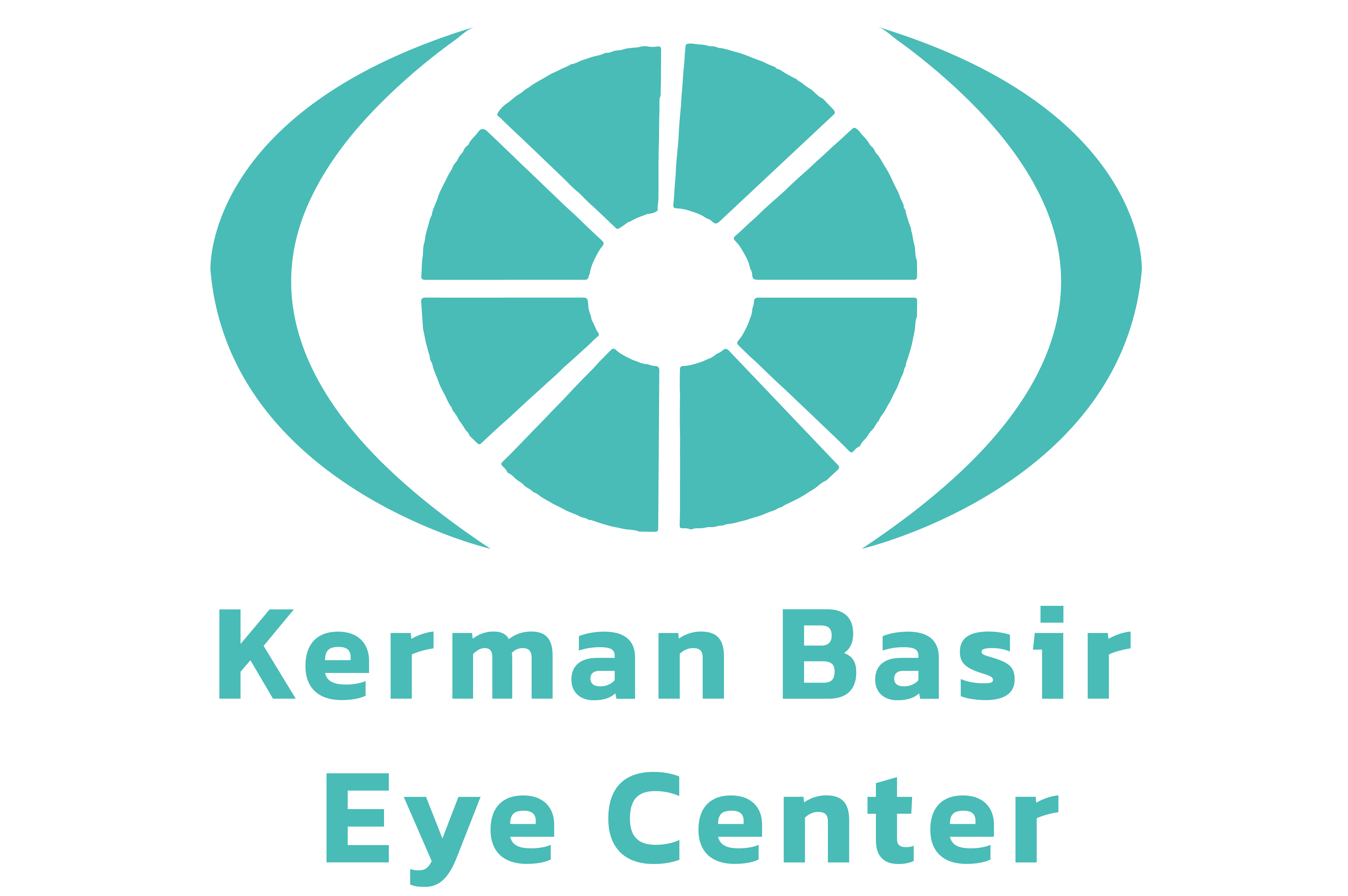Glaucoma is one of the eye diseases in which the optic nerve is damaged due to factors such as increased intraocular pressure (in short eye pressure). Since the optic nerve is responsible for transmitting visual information to the brain, its damage (gradually) causes a defect in the visual field, and if the disease is not treated and progresses, it can eventually lead to complete blindness. Although there is no definitive cure for glaucoma, common treatments control the disease, and this confirms the importance of early examination, diagnosis and treatment.
Common surgical procedures for glaucoma or glaucoma
In glaucoma surgery, the goal is to create a new outlet for the fluid inside the eye. Although the ophthalmologist may decide to perform surgery at any time, he usually does this after drug treatment and laser surgery have failed. Surgery is performed in a clinic or hospital. Before surgery, the patient is given drugs to relax and then the eye is numbed by injecting anesthetics around it.
The surgeon removes a small piece of the white tissue of the eye (sclera) and this creates a small channel for the fluid to pass inside the eye. Then the white part of the eye that has been removed is covered with a thin and transparent layer of conjunctiva. The fluid passes through the duct and under the conjunctiva that covers it and exits the eye.
General recommendations before glaucoma surgery
Before surgery, the patient must comply with the following:
The night before surgery, take a bath and wash your face with soap or diluted baby shampoo.
According to the surgery time that will be announced to you by the treatment team, follow the nutritional considerations.
Be sure to inform your eye doctor if you are using a certain medication.
Cardiac, high blood pressure and blood lipid lowering drugs should be used according to the previous instructions.
If you use aspirin and warfarin, be sure to consult your eye doctor.
Tell your eye doctor if you have diabetes.
Be prepared for preoperative tests, including blood tests and a cardiovascular consultation.
General care after glaucoma surgery
After discharge, a bandage and plastic protector will be placed on your eye. Avoid opening the dressing at home.
Rest is recommended on the first day after surgery.
Avoid lifting heavy objects (usually more than 2 kg) after glaucoma surgery.
If you have to go up the stairs, it is necessary to be careful and be accompanied by someone close to you.
At rest, the lower part of the head should be higher than usual.
Consuming light foods, warm liquids, vegetables and fruits is suitable.
After glaucoma surgery, it is normal to feel the presence of a foreign body in the eye.
Painkillers are prescribed to reduce discomfort.
One day after the surgery, you should go for an examination.
Note: Glaucoma surgery, like any other surgery, may be associated with complications. These complications include: developing cataracts, corneal problems, inflammation or infection inside the eye, and swelling of the blood vessels behind the eye. There are effective treatments for each of these cases.
This surgery is effective in reducing (about 30 to 50%) eye pressure. Of course, it should be noted that if the new duct created during the surgery is blocked, another surgery may be needed. Also, if the patient has not undergone eye surgery (such as cataract surgery), glaucoma surgery will have the best effect.
After surgery, the patient must use antibiotic and anti-inflammatory drops for several weeks to prevent infection and control swelling. It should be noted that these drops are different from the drops that the patient used to treat glaucoma.
